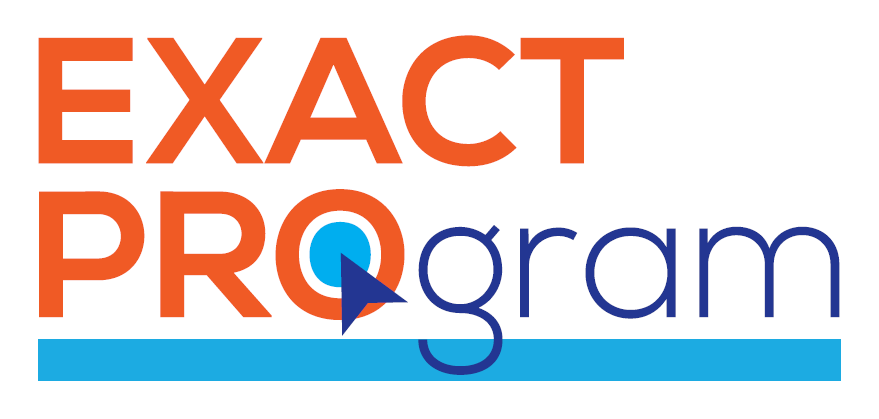A comprehensive literature review was performed to examine the clinical definition of COPD exacerbations and identify and evaluate existing PRO instruments used to evaluate exacerbation outcomes in clinical research, with specific interest in clinical trials.To ensure and document content validity through qualitative methods, 83 men and women with a diagnosis of COPD and history of exacerbations participated in elicitation focus groups or interviews.
- An iterative analytical process was used to identify themes and concepts to inform instrument content and structure.
- A draft instrument comprising 23 items was subjected to cognitive interviewing methodology in patients with COPD.
- During two advisory panel meetings, experts critiqued the research methods and results and assisted in the design of a prospective study to collect data for item reduction and to evaluate the performance characteristics of the final instrument in subjects with COPD.
- Methods and results are published in Leidy et al. 2010.
Quantitative data were gathered through a prospective 2-group observational validation study of 410 patients with COPD.Group 1: 222 acute patients with a clinician-confirmed exacerbation completed the draft item pool and additional items via an electronic diary each evening before bedtime on Days 1-28 of their exacerbation and again on Days 60-67, with clinical assessments performed on multiple days throughout the assessment period.
Group 2: 188 stable patients completed baseline assessments and the diary over seven days.
Methods and results are published in Leidy et al. 2011.
Item analyses and Rasch item-response theory were used to derive the final 14-item EXACT and Total score algorithm.
The EXACT Total score is computed by using logit values and a simple look-up table to yield interval-level scores ranging from 0 to 100, where higher scores indicate a more severe condition.
The EXACT Total score is used to determine the patient’s stable baseline, onset of an exacerbation event (threshold of sustained worsening), and recovery from the exacerbation (threshold of sustained improvement).
Methods and results are published in Jones et al. 2011.









